Beehive Ginger Care: Learn How To Grow Beehive Ginger
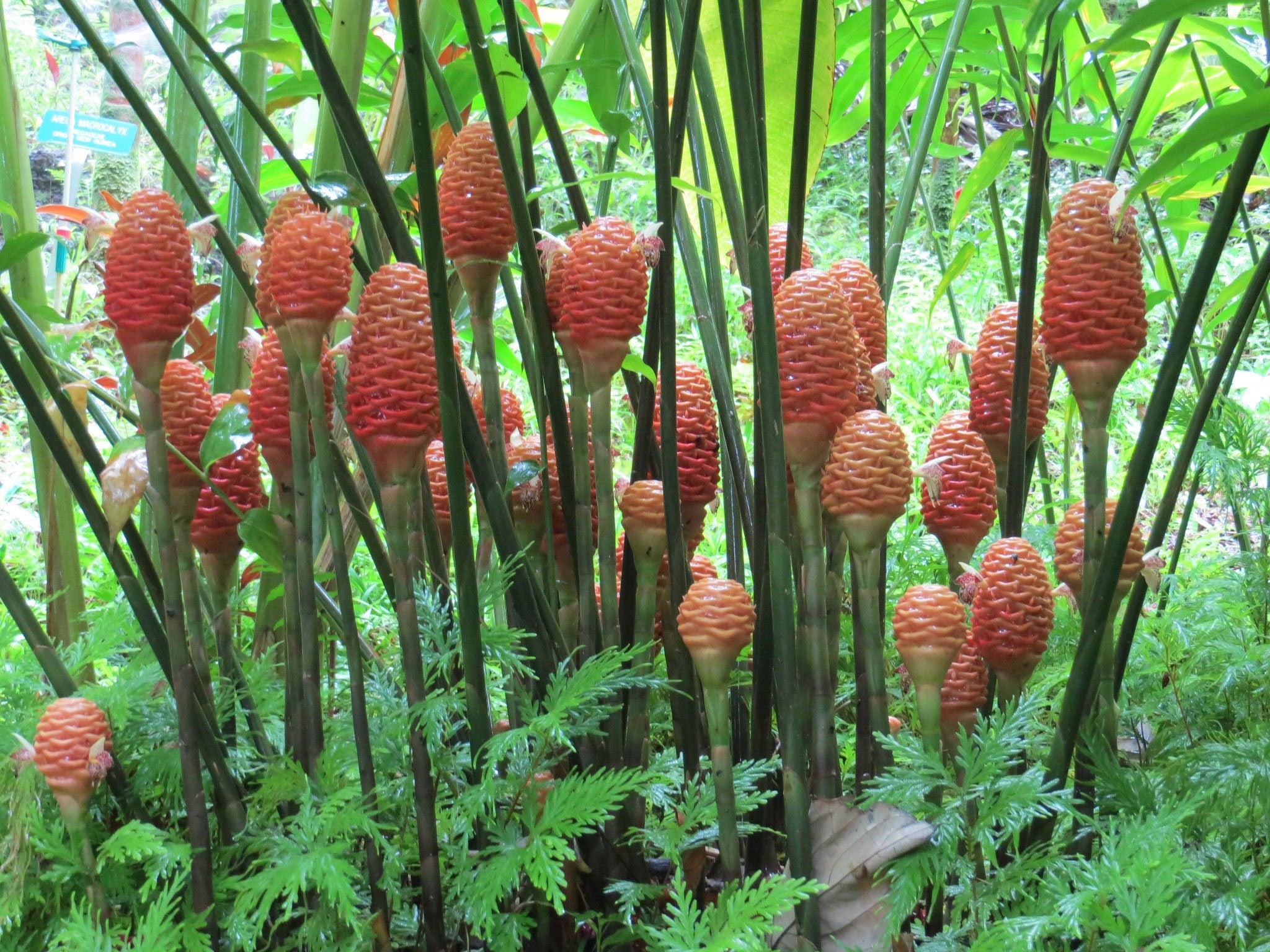
Stunning ornamental plants, beehive ginger plants are cultivated for their exotic appearance and range of colors. Beehive ginger plants (Zingiber spectabilis) are named for their distinct floral form that resembles a small beehive. This ginger variety is of tropical origin, so if you are more north of the equator, you may wonder if it is possible to grow and, if so, how to grow beehive ginger in your garden.
How to Grow Beehive Ginger
This ginger variety can grow to over 6 feet (2 m.) in height with one foot long (31 cm.) leaves. Their bracts, or modified leaves which form a “flower,” are in the unique shape of a beehive and available in a number of colors from chocolate to golden and pink to red. These bracts arise from the ground rather than from amongst the foliage. The true flowers are insignificant white blooms located between the bracts. As mentioned, these plants are tropical residents and, as such, when growing beehive ginger plants, they either need to be planted outside in warm, humid climates, or potted and brought into a solarium or greenhouse during cooler months. They are not frost or cold tolerant and are only hardy to USDA zone 9 to 11. Despite this delicacy of condition, in the proper climate, growing beehive ginger is a tough specimen and can crowd out other plants when it is not contained.
Beehive Ginger Uses
A fragrant plant, beehive ginger uses are as a specimen plant in containers or in mass plantings. Obviously, an eye-catching specimen, whether in the garden or potted, beehive ginger makes an excellent cut flower, with the bracts holding both color and shape for up to one week once cut. Beehive ginger is available in several colors. Chocolate beehive ginger is indeed chocolate in hue while yellow beehive ginger is yellow with splashes of red. Also available is Pink Maraca, which has a reddish pink lower bract area topped with gold. Pink Maraca is a smaller variety, topping out at only around 4 to 5 feet (1-1.5 m.) tall and can be grown, with adequate cold weather protection, as far north as zone 8. Golden Scepter is a tall variety of beehive ginger that can grow from between 6 and 8 feet (2 m.) tall with a gold tone changing to a reddish hue as the bract matures. Like Pink Maraca, it is also a bit more cold tolerant and can be planted in zone 8. Singapore Gold is also another golden beehive variety that can be planted in zone 8 or higher.
Beehive Ginger Care
Beehive ginger plants require medium to filtered sunlight and either plenty of space in the garden, or a large container. Direct sun can burn the leaves. Keep the soil consistently moist. Basically, ideal beehive ginger care will mimic that of its tropical home, damp with indirect light and high humidity. The plants will bloom in most areas from July through November. Sometimes called “pine cone” ginger, beehive ginger plants may be afflicted with the usual pests such as:
An insecticidal spray will help combat these pests. Otherwise, provided environmental conditions are met, beehive ginger is an easy, visually stunning and exotic specimen to add to the garden or greenhouse.
Gardening tips, videos, info and more delivered right to your inbox!
Sign up for the Gardening Know How newsletter today and receive a free copy of our e-book "How to Grow Delicious Tomatoes".

Amy Grant has been gardening for 30 years and writing for 15. A professional chef and caterer, Amy's area of expertise is culinary gardening.
-
 Looking For Plants To Give You The Soft And Fuzzies? Try These 5 Fuzzy Leaf Plant Options
Looking For Plants To Give You The Soft And Fuzzies? Try These 5 Fuzzy Leaf Plant OptionsLovers of texture, drama, silver foliage and tactile plants will adore these special sensory garden additions. These fuzzy leaf plant options will leave you all aglow
By Susan Albert
-
 Get Ready For A Summer Of Hummers! Grow These Full Sun Hummingbird Plants and Flowers
Get Ready For A Summer Of Hummers! Grow These Full Sun Hummingbird Plants and FlowersIf you’re lucky enough to enjoy a sunny backyard, make sure you are maxing out on your pollinator opportunities and grow these full sun hummingbird plants and flowers
By Tonya Barnett
-
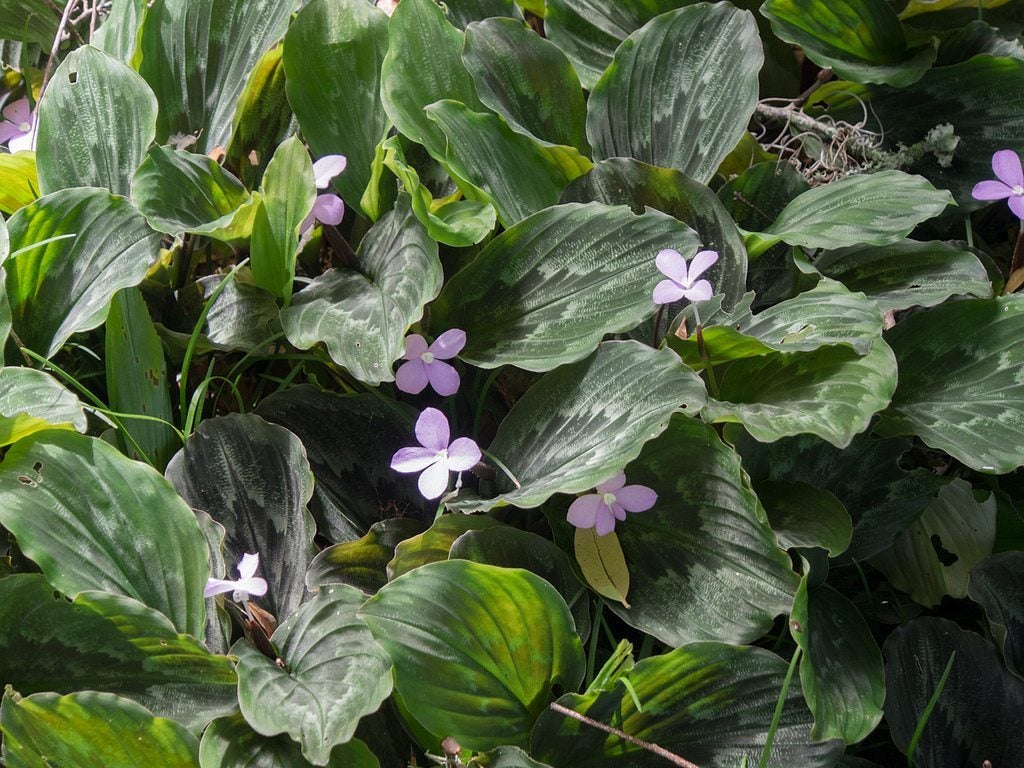 Peacock Ginger Plant Care: Learn How To Grow Peacock Ginger Plants
Peacock Ginger Plant Care: Learn How To Grow Peacock Ginger PlantsIn warmer climates, growing peacock ginger is a great way to cover a shady part of the garden. This pretty groundcover thrives in the shade and produces distinctive, striped leaves along with small, delicate flowers. Learn more about the plant in this article.
By Mary Ellen Ellis
-
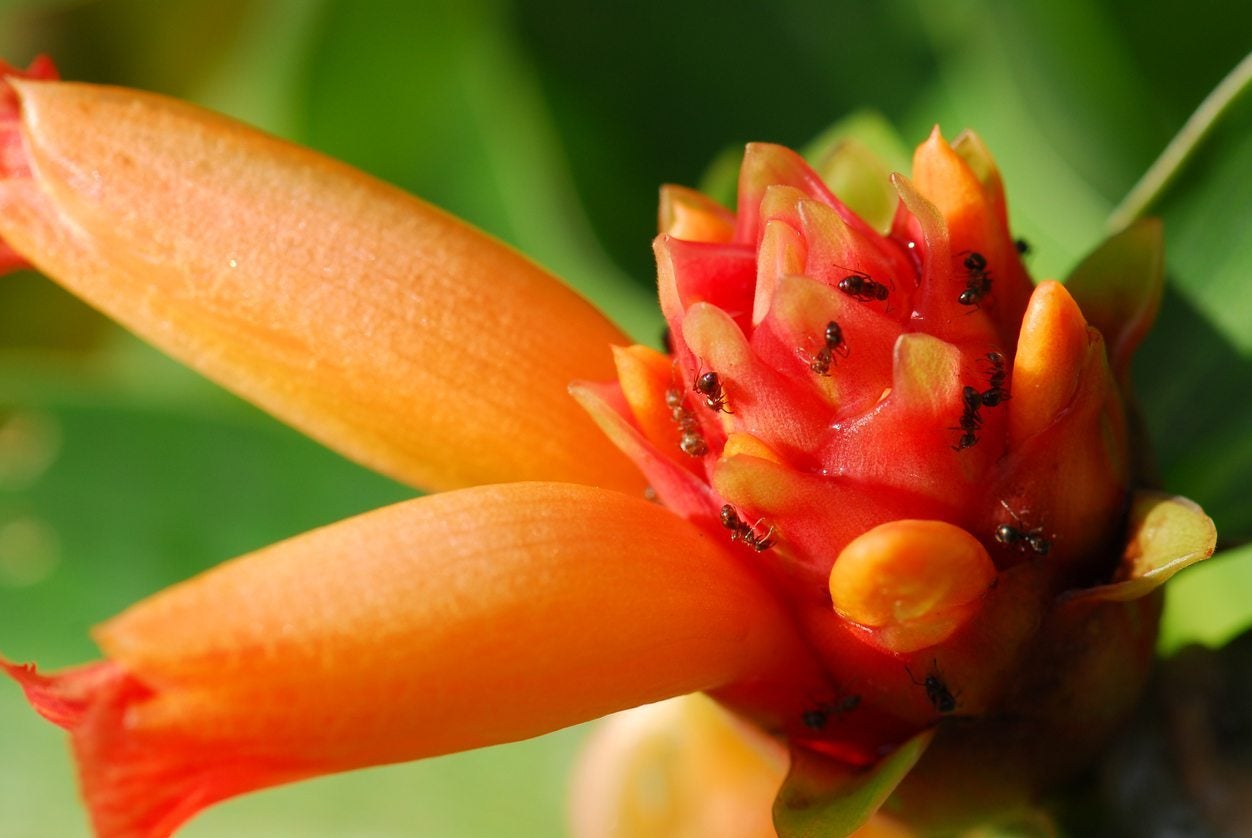 Ginger Insect Problems – Tips On How To Manage Ginger Pests
Ginger Insect Problems – Tips On How To Manage Ginger PestsGrowing ginger in your backyard garden is easy. That is, it's easy until the pests swoop in and start devastating your plants. Ginger insect problems are manageable, but you need to know what pests may attack and how to deal with them. This article will help.
By Mary Ellen Ellis
-
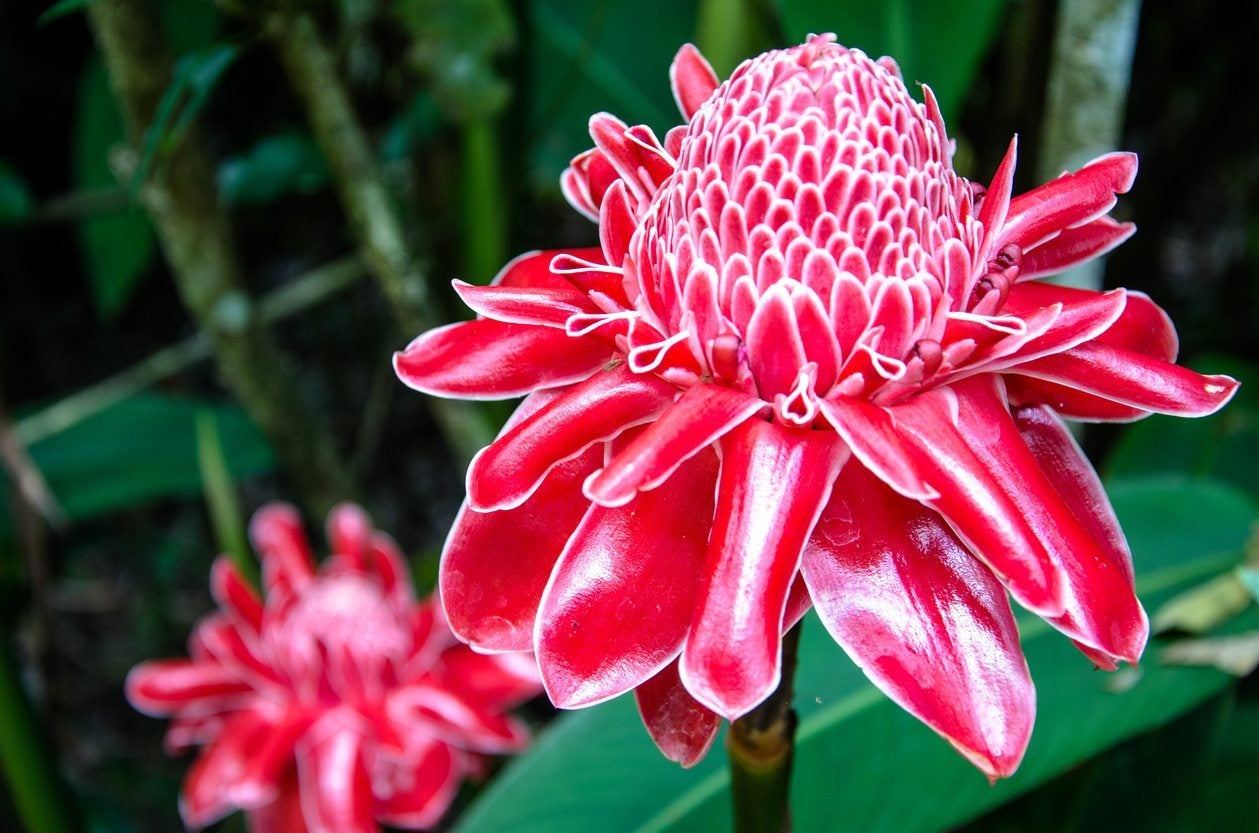 Ornamental Ginger Plants - A Guide To Flowering Ginger Varieties
Ornamental Ginger Plants - A Guide To Flowering Ginger VarietiesOrnamental ginger plants can be a great way to add attractive and exotic color, foliage, and blooms to your garden. Whether they go in beds or in containers, these plants offer diversity without a lot of maintenance. Learn more about them in this article.
By Mary Ellen Ellis
-
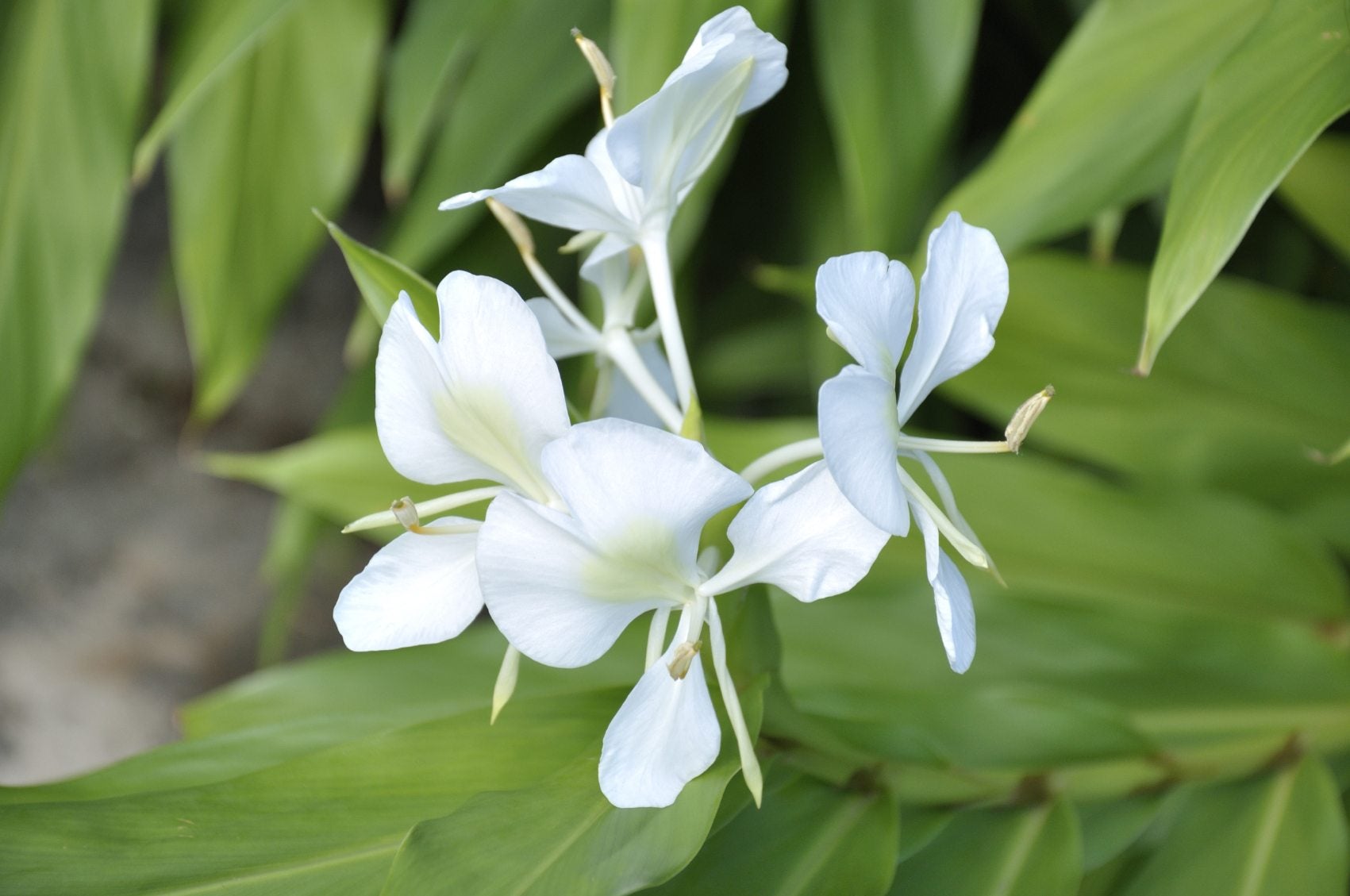 Hedychium Ginger Lily Info: Tips On Caring For Butterfly Ginger Lilies
Hedychium Ginger Lily Info: Tips On Caring For Butterfly Ginger LiliesHedychium is often called butterfly ginger lily or garland lily. Each species has a unique floral shape but characteristic "canna-like" large foliage. Learn more about this plant and how to grow it in the article that follows.
By Bonnie L. Grant
-
 Panda Face Ginger Info: Tips For Growing Panda Face Ginger Plant
Panda Face Ginger Info: Tips For Growing Panda Face Ginger PlantIf you are looking for a shade-loving plant to fill a gap in the landscape, you might want to try a wild ginger. One of the more spectacular specimens is Asarum maximum, or Panda Face ginger. Learn how to grow it in this article.
By Amy Grant
-
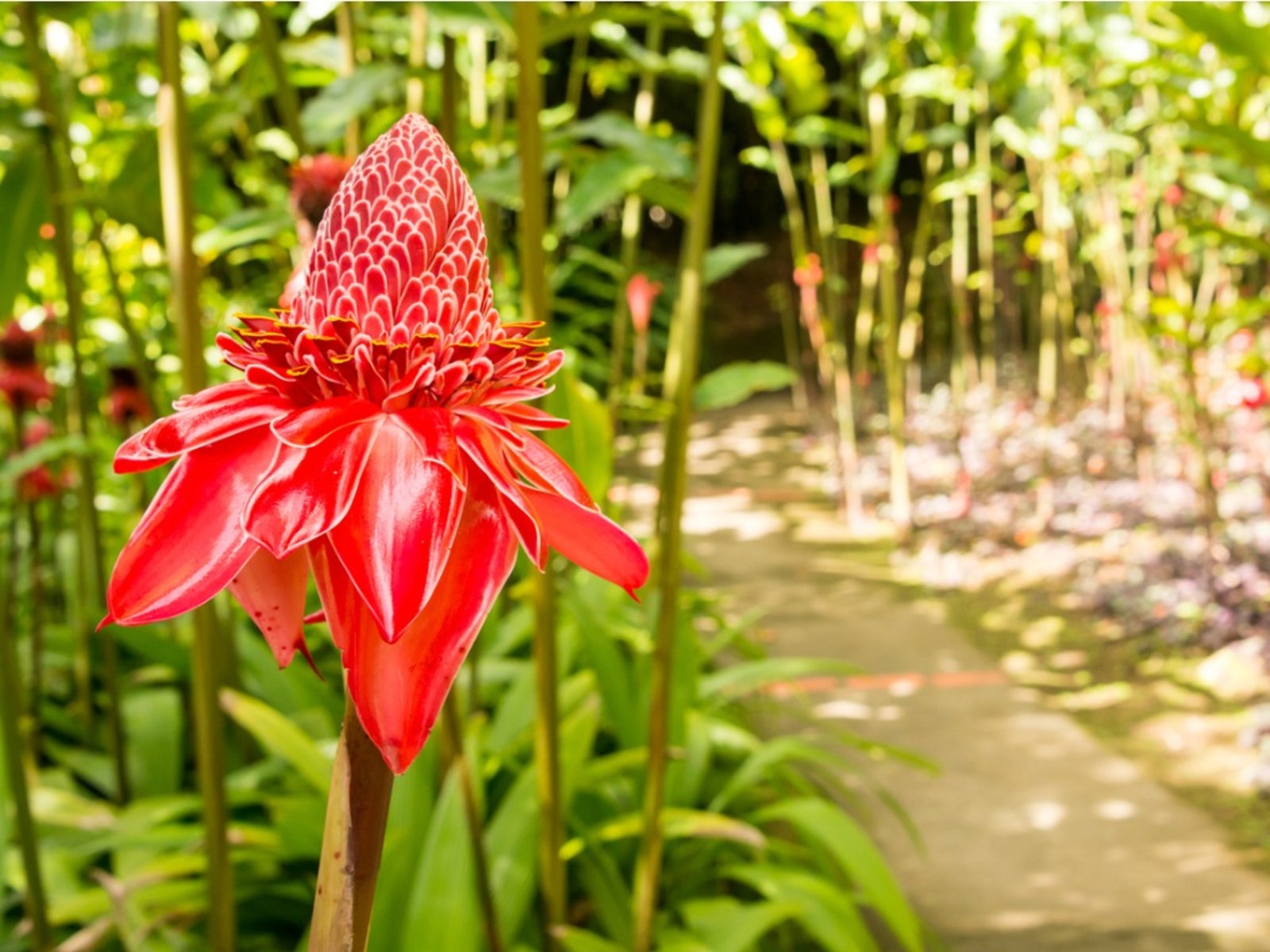 Torch Ginger Flowers: How To Grow Torch Ginger Lilies
Torch Ginger Flowers: How To Grow Torch Ginger LiliesThe torch ginger lily is a showy addition to the tropical landscape. Find out how to grow this interesting plant by reading the following article. Click here to get more information.
By Becca Badgett
-
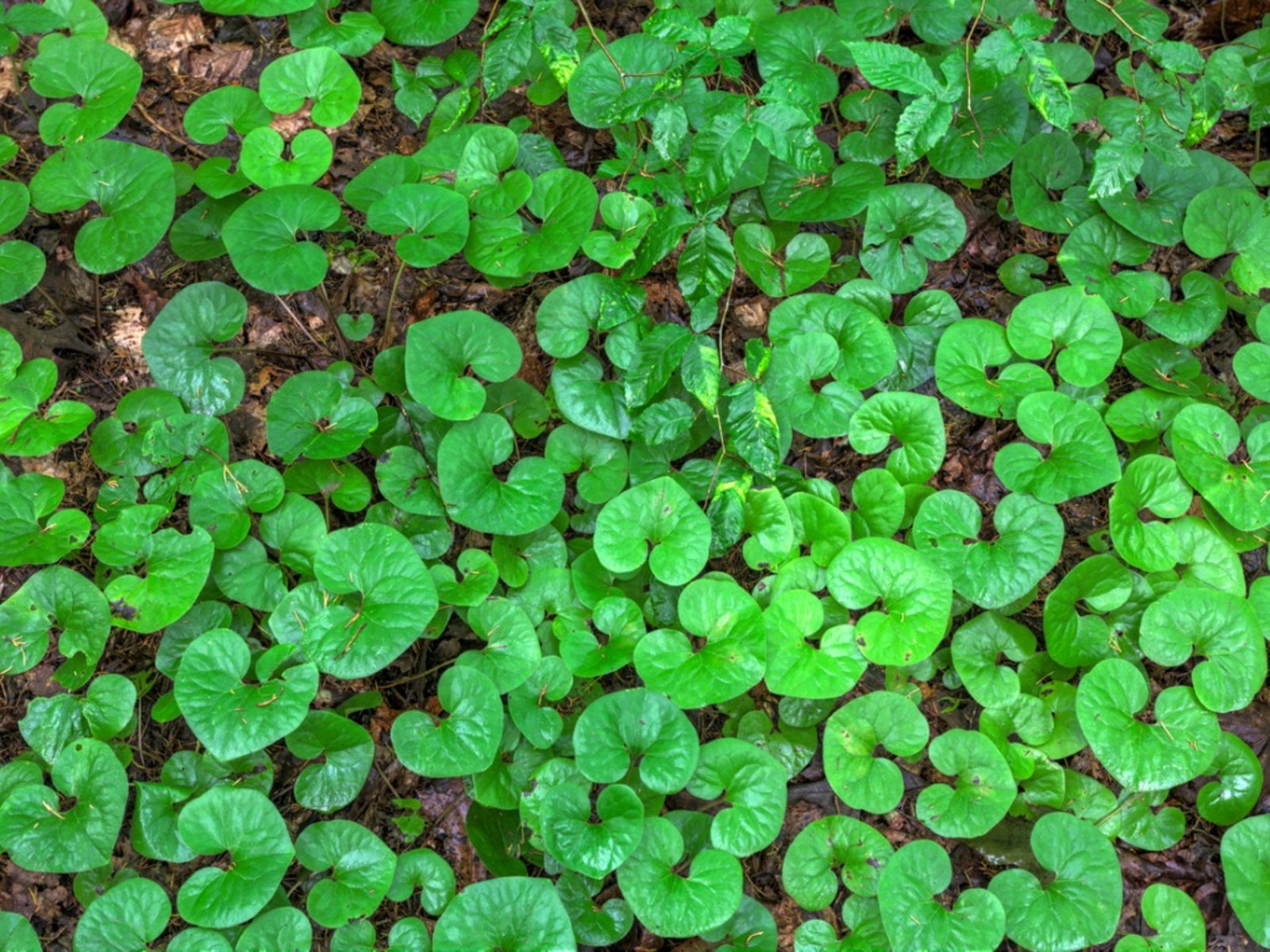 Caring For Wild Ginger: How To Grow Wild Ginger Plants
Caring For Wild Ginger: How To Grow Wild Ginger PlantsFound throughout the world, but primarily in the shady woods of Asia and North America, wild ginger is a perennial not related to the culinary ginger. Can you grow ginger plants in the wild? Read here to find out.
By Amy Grant